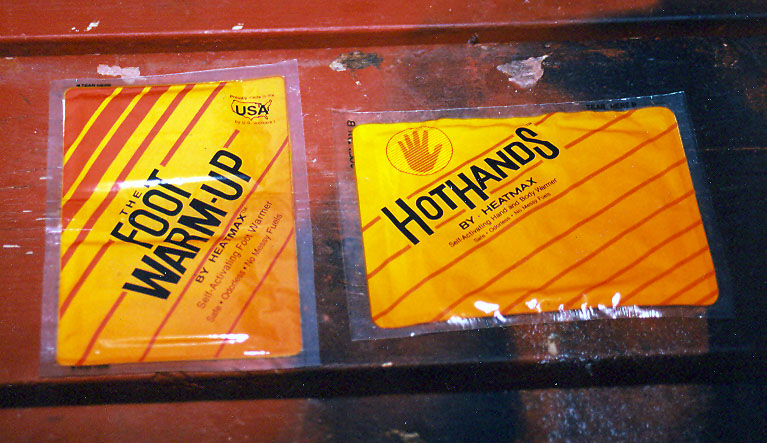http://www.ehow.com/about_4607001_types-hiking-boots.html
The first thing to do is consider your personal "frame" size. May it be you are a skinny active runner or if you are a taller wide frame with knee problems. You first need to identify your strengths and weaknesses. A self evaluation is the first thing to do. You also need to consider your foot size, width, and arch height. Then last consider any other anomoly you have may it be you are a foot sweater, ingrown toe nails, or bunyuns.
http://www.50plus-fitness-walking.com/measure-your-foot.html
Here is a link that describes ways our feet move:
http://www.coloradotriathlete.com/articles/10/2010_hodges_running_shoes1.html
The next part of getting your hiking boots is what you will be using them for. You might be a day hiker that just caries a day pack that has your diabetes backup equipment, your glucose, snacks, and water. Or you might be like me where I like to live on the trail as long as possible and carry 50 plus pounds and have all my food, stove, tent, and clothes on the trail for several days. Then you might just do work around the house and want the support and protection of a boot. Just make sure you consider this when looking at boots.
Hiking boots can last almost forever if you use them as they were meant to be used. If you are an around town hiker and you wear boots to work all day. The rubber on the soles will wear out in a good six months to a year if you do this in a solid pair of hiking boots. There is a different type of boot for working in town and that is a work boot by companies like "Red Wing" or Wolverine." If you only wear them for hiking then they will last you a good 10 years before the soles are worn out. This is important to consider since there are what people call the sport boot which looks and feels alot like a hiking boot. The difference is that the sport boot is more of a modified tennis shoe that has little to no shank in the heel and also is made of lesser rubbers and for the soles. Sport boots run around 39 dollars to 199 dollars.

See from the picture above as a high dollar sport hiker. This boot is real good for diabetics because of the break in factor. Since sport hiking boots have little to no shank they break in very easy just like breaking in a pair of tennis shoes compared to a nice pair of dress shoes.

See the above picture how it differs from a sport hiking boot. It is alot on the look of the sole and the materials. It looks rugged with a hard sole. This is because it is about 10 times more rugged with also a 3/4 shank in the heel. These boots are great for the "normal" person and even diabetics. You just have to break them in propperly which takes a good 6 months to a year or even longer for full shank boots and nubuck leather. Always consult your Podiatrist if you see any signs of redness on your feet.
Now that you feel overwhelmed about boots just remember this first step is all about evaluation. Just like you do when you buy a house or car you need to look at all parts about hiking boots and what is your thing when buying a pair. I will get deeper into boots later down the road. You will feel much better about your boots if you start here, then get to the store and put on as many pairs of boots you can get your feet on. And also ask your friends why they bought there boots and what they like and don't like about them.










